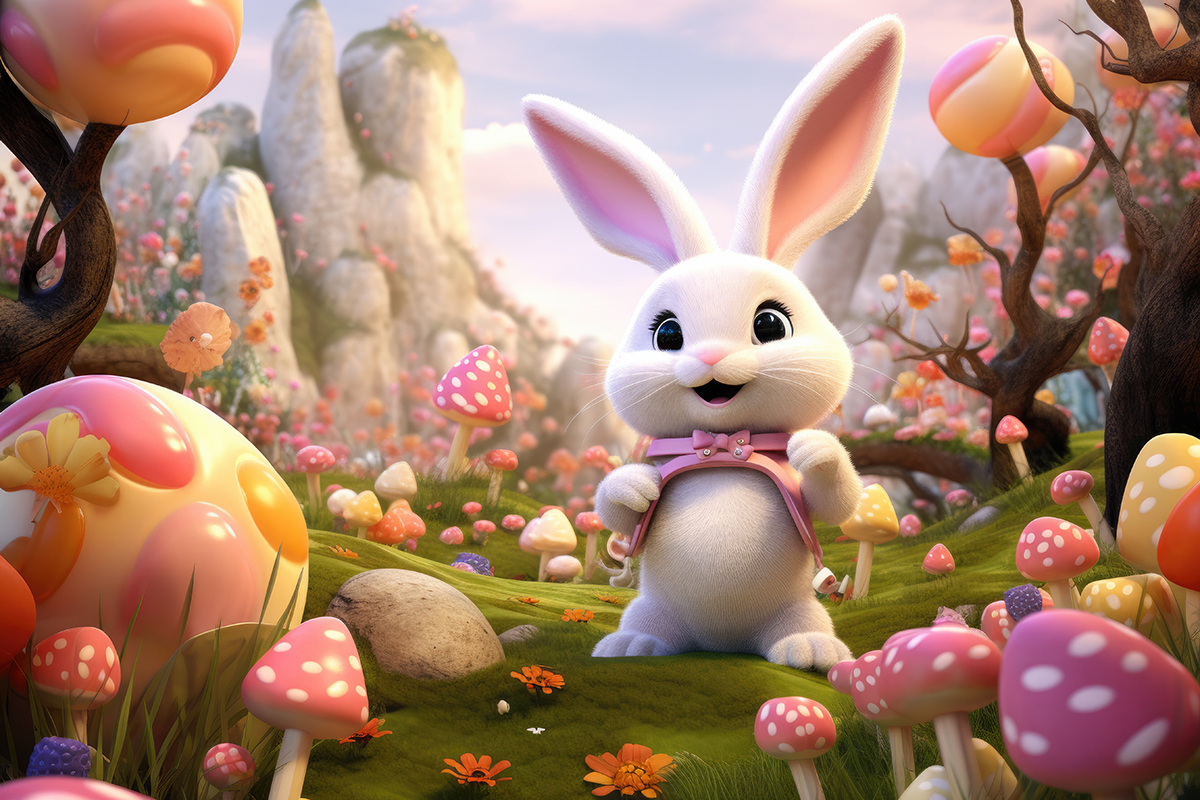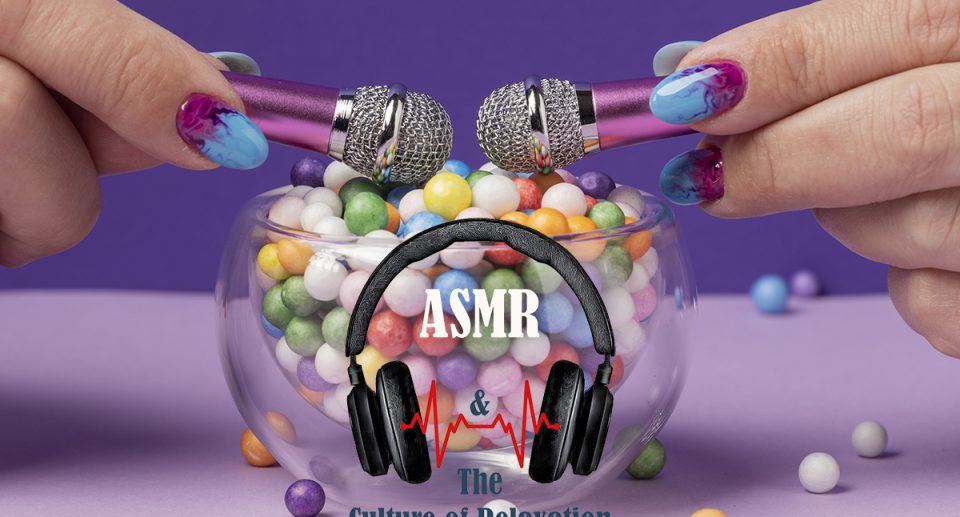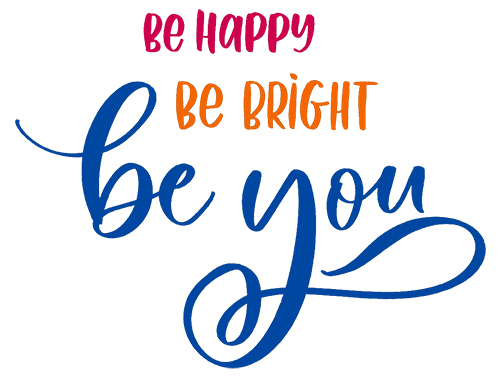Kawaii – The cute Japanese trend that is conquering the world
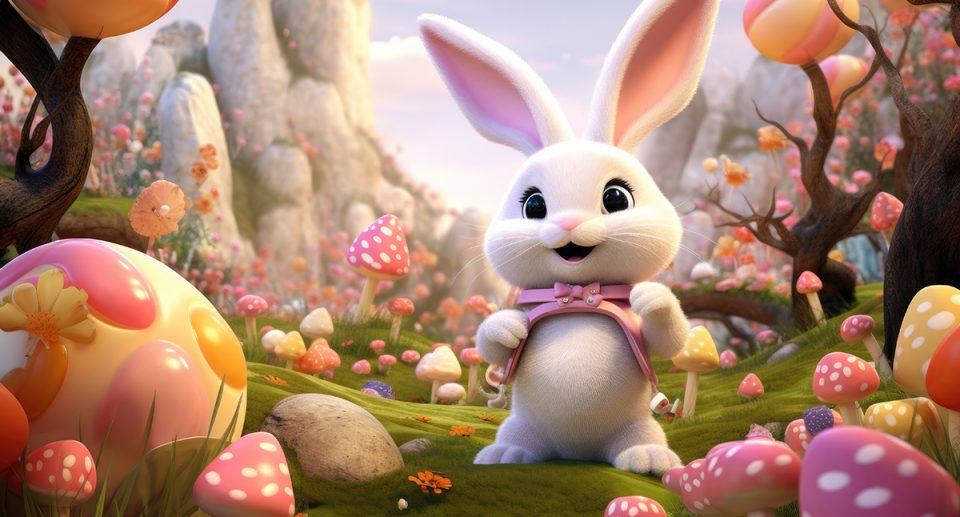
At times when you’re drowning in deadlines, doomscrolling through news feeds, or staring at spreadsheets that feel like they’ll never end. Then suddenly, a pastel heart pops up next to your keyboard, or your phone pings with a “kawaii” meme of a grumpy cat wearing a bowtie.
What gives? That’s not just randomness—it’s a tiny act of rebellion. A soft, sugary, glitter-coated one.
It’s a vibe
Kawaii (かわいい) isn’t just a word in Japanese; it’s a vibe. A lifestyle. A full-blown aesthetic army with marshmallow armies and cactus soldiers. Think of it as the universe’s way of whispering, “Slow down. Breathe. Look at this smiling cupcake!”
It started in the 70s, when manga artists began sketching characters with those cartoonish eyes and hearts—like, okay, way more hearts than you need in a single panel. Meanwhile, girls were doodling their names in bubble letters, adding stars like confetti to their notebooks. It was a playful rebellion against the rigid, serious world around them.
Fast forward a decade, and Harajuku became a kaleidoscope: pastel pandemonium, where fashionistas wore frills and bows like capes, and their outfits screamed, “I’m not a robot, I’m a raincloud made of cotton candy!”
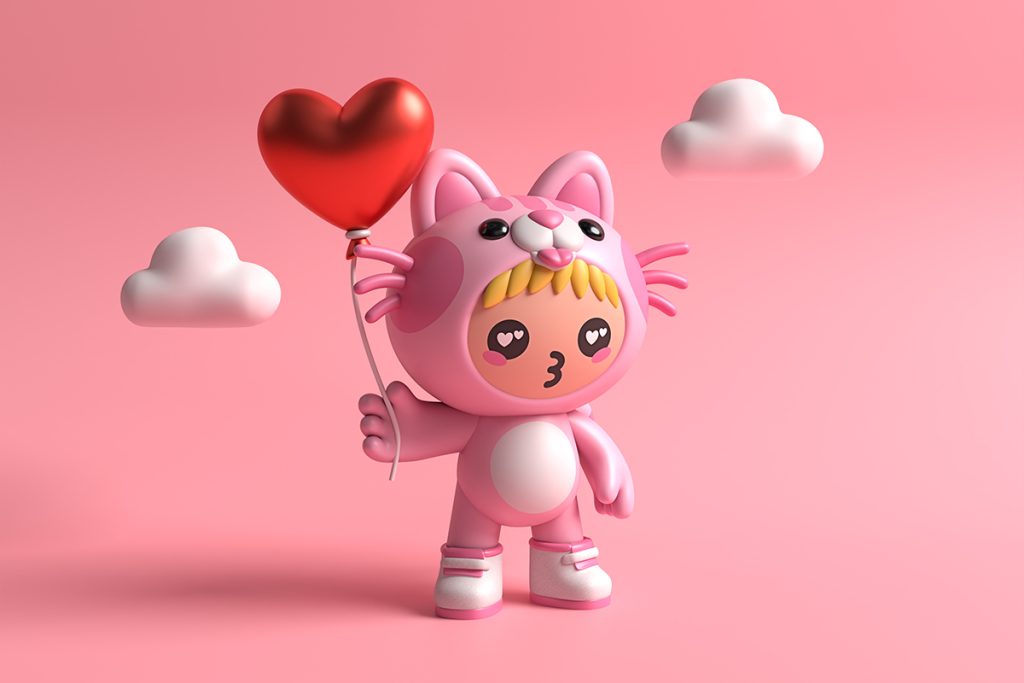

It’s a warm hug for your soul,
But Kawaii didn’t stop at fashion. It slithered into ads, where even the postal service had a chubby, smiling mascot. Trains got wrapped in cartoon faces. Bank cards? Covered in chibi bunnies. The Japanese government, of all places, leaned into the chaos, using cute designs to make bureaucracy feel less… bureaucratic. It’s like if your mom started running the DMV with a Hello Kitty pinata in the lobby.
Why does this stuff stick? Because we’re all secretly 5 years old. Kawaii hits that nostalgic nerve—remember when everything sparkled, and the world made sense in the form of a teddy bear? It’s a warm hug for your soul, especially when life feels too real.
In Japan’s hyper-efficient society, where punctuality and perfection are non-negotiable, Kawaii became the “it’s okay to be messy” exception. A plush Pikachu on your desk doesn’t ask for your tax returns; it just winks.
Then came the globalization of fluff. As anime and manga zoomed westward, so did the Kawaii fever. Suddenly, K-pop groups had merch bins full of plushies that screamed “I’m emotionally unavailable but my cactus is always smiling.”
TikTok trends bloomed with “fairy kei” (pastels + vintage + sparkles) and “decora” (the more glitter, the better). Even Gen Z, the kings of irony and sarcasm, started wearing Hello Kitty bandanas like they were born with them.
Here’s the kicker: Kawaii isn’t picky. It doesn’t care if your cute thing is a smiling cactus, a yawn-swept marshmallow, or a sentient avocado in a superhero cape. The rules? There are none. That’s the beauty of it. Just like how you can’t tell a child, “Your drawing of a cat with three tails is too cute,” Kawaii thrives on chaos.
Hence, the subgenres: Yami-Kawaii (dark + cute, like a skull wearing a bow), Guro-Kawaii (gore + fluff, because why not?), and Shiro-Kawaii (clean, minimalist cuteness that makes you forget about existential dread).
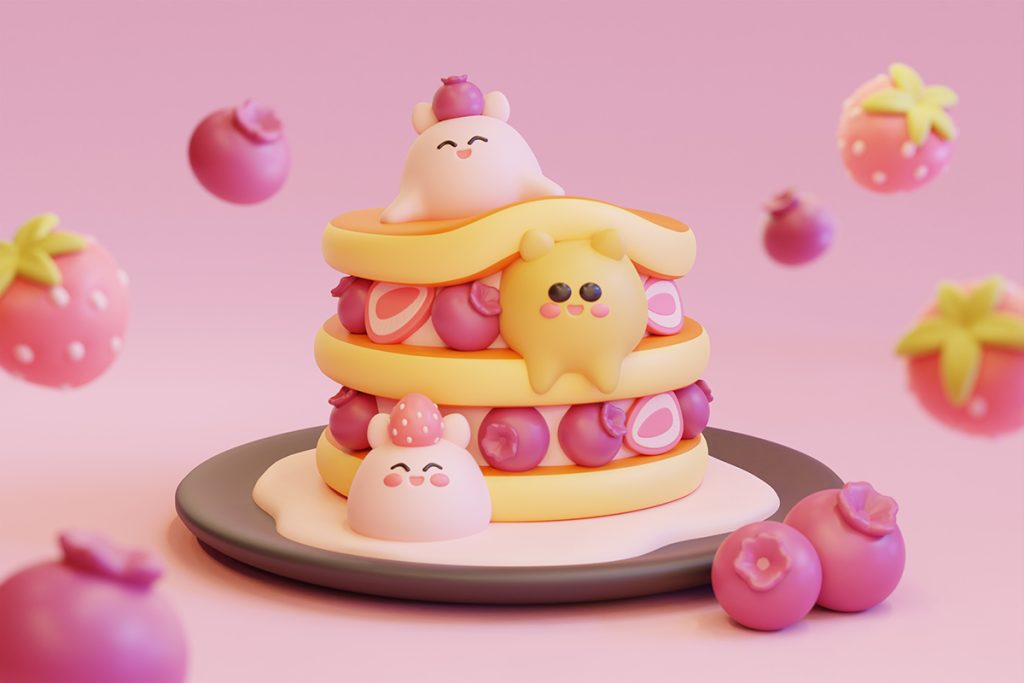
It’s about choosing joy
But let’s get real—nothing’s perfect. Critics grumble that Kawaii’s like a glitter bomb: shiny, fun, but maybe a bit… shallow? Some argue it infantilizes girls by pushing them to dress like jelly donuts or that the cuteness is just a clever trap for people to buy $200 Gachapon machines.
Fair points. Yet, others spin the narrative differently: What if Kawaii isn’t about being silly? What if it’s a rejection of being silly? A way to say, “I’m choosing joy over cynicism, softness over sharp corners, and maybe even a little bit of magic over Monday blues”?
Now? Kawaii’s everywhere. Your phone emojis, your coworker’s stress ball collection, and even that 90-year-old man who bought a Pikachu keychain at the airport. It’s an economic force, too—millions spent on stickers, snacks, and sneakers that scream, “I’m here to make you smile.”
And hey, maybe that’s the point. In a world obsessed with grit and hustle, Kawaii dares to ask, “What if the best revolution is the one that adds glitter to your coffee cup?”
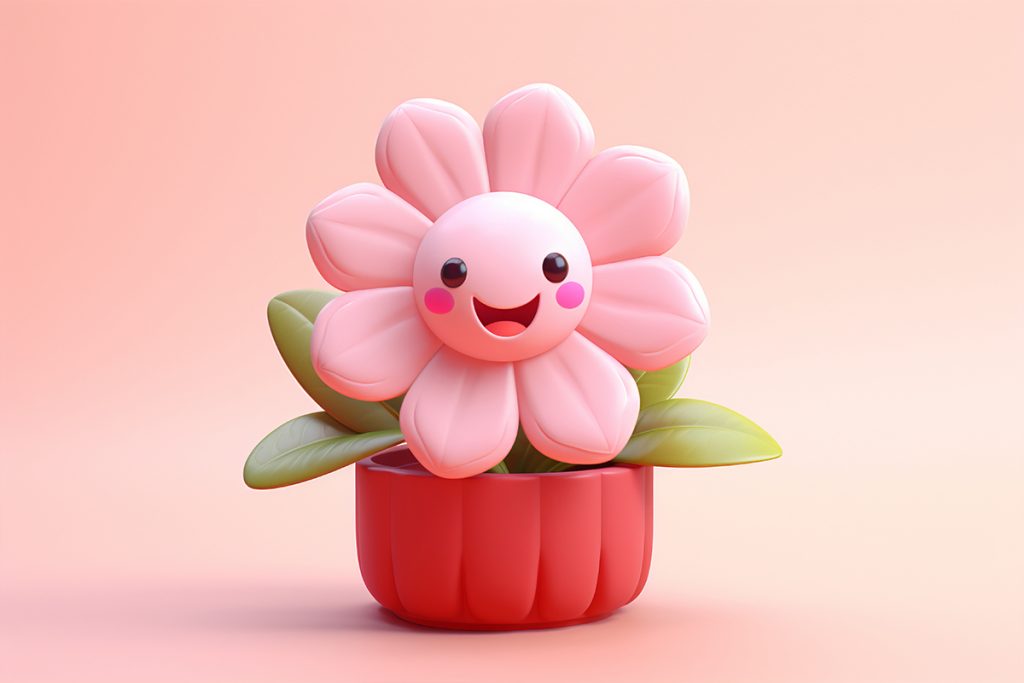

It’s about your inner child
Ultimately, Kawaii isn’t about being “cute” in the traditional sense. It’s about refusing to let life crush your inner child. It’s about wearing a bow on your backpack and high-fiving a cartoon frog in the grocery aisle.
It’s a reminder that softness isn’t weakness—it’s survival. That joy isn’t a phase, it’s a strategy. And that sometimes, the most radical act is to look at a world full of chaos and say, “I’ll pass. I’ve got a cactus to cuddle.”
So the next time you see a blushing Chibi character or a marshmallow-shaped stress toy, don’t just scroll past. That’s not a marketing ploy. It’s a little flag planted in the mud of adulthood, waving, “Hey, remember how fun things used to be?” Kawaii isn’t a trend. It’s a quiet, squishy revolution—armed with stickers, bows, and the unshakable belief that the world could use a little more fluff.


